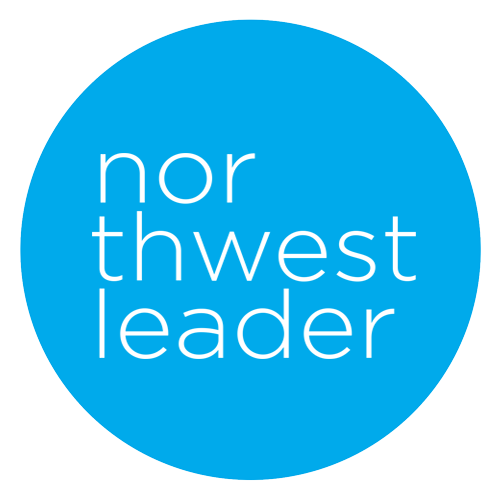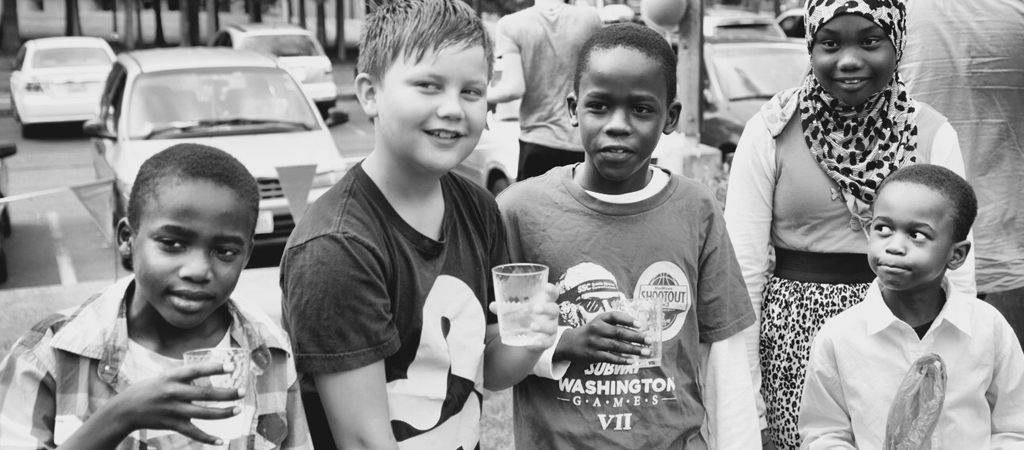A Beautiful With-Ness
This past Sunday I spoke on the story of Ruth – about how she lived out a faithful “with-ness.” When Ruth told Naomi, “Your people will be my people,” she was saying, “I’m WITH YOU in this.”
Here are the concluding lines of the sermon:
What is brave? To be faithful, even when other’s aren’t. It’s brave to live out a faithful with-ness, while others have chosen to avoid eye contact and walk on the other side of the street. God help us to be brave.
The picture at the top of this post is from Saturday’s Great Big Backpack Give. DJ Schug is standing with his friends from school. Last Fall, DJ’s mom discovered a “How to speak Arabic” text book in DJ’s school bag. When she asked him about it, he explained that he wanted to be able to communicate with his refugee friends from school who don’t yet speak English. He was inviting them to our Halloween Carnival and wanted to read everything on the invitation card to them.
On Saturday, DJ spent the day with his friends – showing them around, playing basketball with them, eating food, laughing, getting backpacks and school supplies together.
I sent the picture to DJ’s mom in a text message this morning. She said, “Awesome picture – I will share with their mom. They live in refugee housing… and DJ is my “with-ness” hero. There is a long story to this friendship.”
Kathy Escobar’s book Down We Go: Living Into The Wild Ways of Jesus has a section on “Why Prepositions Matter” that I’d like to share with you…
To engage love in practical ways we have to begin changing our prepositions. In most Christian circles, the most prevalent preposition has become the word “to.” The style of the preposition “to” is paternal. The idea is built on principles like:
“I have something I need to give to you.”
“I have wisdom to impart to you.”
“Here’s the advice, biblical truth, or kernel of supposed life-changing knowledge I have to give to you.”
The problem with the preposition “to” is that it begins with an “I’m up and you’re down” perspective of power that is patronizing and disempowering.
Someone has more resources, knowledge, and put-togetheredness than the other. This posture often ends up making the one on the receiving end feel like a project or a loser.
The preposition “for” is another easy reflex for most of us. The style of the preposition “for” is maternal. It’s when we want to do things for a hurting person…
“Let me make these calls for you.”
“I don’t want you to hurt; let me fix this for you.”
The problem with this kind of approach to others is that it creates codependence.
Helpers get sucked into helping and also end up in a one-up role where they are the ones who need to take care of the person, make things happen for them, or remain in a role where they are always “serving” people; it stays on those terms. Again, it’s a one-way relationship, only a little nicer and with better perks for the hurting person.
Our human default is to “serve the poor because we have something to give to them or do for them.” This keeps everyone involved in typical one-up, one-down kinds of relationships. Many aren’t interested in being in a relationship beyond a helping moment.
The preposition “with” changes everything. It means:
“I am with you in this moment, will stand alongside you, and am not walking ahead of you.”
“I am in the same boat; I struggle too, but my struggle may just look different.”
“I want to share my life with you, not just take care of you or tell you what to do.”
“You have some things I need to learn from you, too. Let’s learn from each other.”
“I will let you into my life. I want to be friends with you.”
“With” removes the imbalanced power from the relationship.
It recognizes the fundamental dignity of the person and says, “I’m here with you.” It begins with listening for the deeper story that informs the suffering. It waits patiently for the person to ask for help, if needed, because sometimes people aren’t ready for help. Sometimes people just need people to sit with as they work it out on their own.
There is no question – “with” is scarier.
It means I let others know me instead of hiding behind doing good works at a protective distance. I make myself vulnerable and let others into my life, experience, and heart, instead of just taking care of them to feel good about myself.
I understand how easy it is to stick with “to” and “for” modes of relationship. They protect us because they keep us in a place of power. They keep the focus off of us and on the other person. In the end, we don’t need “them;” they just need “us.” Even though that’s easier, I believe that “with each other” relationships create true transformation.
“With” relationships are incredibly beautiful. They break down power differentials that strip dignity and keep people stuck. When there is a mutuality of relationship it opens up room for transformation and cultivates hope on both sides.
The divide between us crumbles, allowing for God’s image to be reflected in simple but powerful ways.


There’s a story in your book PB about an individual from our church that went out & bought more backpacks for kids after we had run out at the Backpack Give. I’m certain most people don’t know, but that person was DJ’s mom Trudy.
The entire Schug family has “with-ness” running through their blood & it’s incredibly encouraging to see.
They are some of my very most favorites
I love this! Great post PB, thanks!
DJ Schug is my hero.